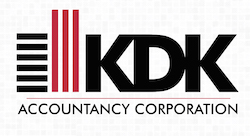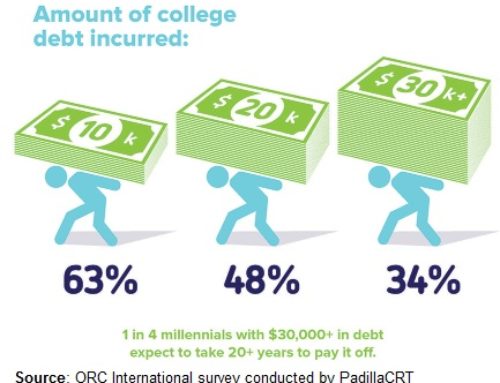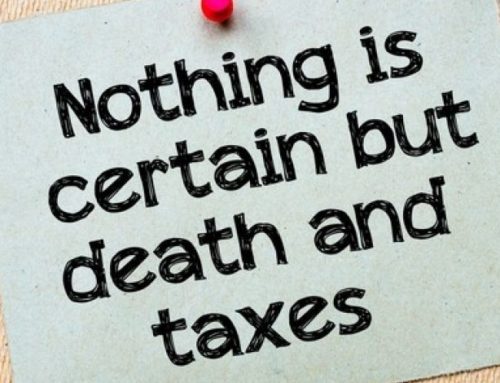No matter what you may have heard about IRAs, it’s time to set the record straight.
We hear a lot about the importance of saving for retirement, and an individual retirement account is a good way to help you achieve your goals. But how much do you really know about IRAs and how they work? Here are a few misconceptions that might trip you up if you don’t know the truth.
1. All IRAs are the same
IRAs actually come in a number of varieties. The two most common types are the traditional IRA and Roth IRA. With a traditional IRA, the money you contribute typically goes in tax-free, but once you reach retirement, your withdrawals are taxed as ordinary income. Roth IRAs work the opposite way, in that contributions are made with after-tax dollars, but withdrawals can be made tax-free in retirement. The annual contribution limit for both traditional and Roth IRAs in 2017 is $5,500 if you’re under 50, or $6,500 if you’re 50 or older.
Not everyone can open a Roth IRA, however. If you earn more than $133,000 as a single tax filer this year or more than $196,000 as a married couple filing jointly, you won’t be eligible to contribute to a Roth.
Then there’s the SEP IRA, which is an option if you’re self-employed or run a small business. The money you contribute to a SEP IRA goes in pre-tax; withdrawals are taxed in retirement, but the annual limit is much higher than that of a traditional IRA. For 2017, you can contribute up to a quarter of your income, for a maximum of $54,000.
There’s also the SIMPLE IRA, which is another tool geared toward small-business owners and the self-employed. SIMPLE IRA contributions go in tax-free and are taxed upon withdrawal. But like SEP IRAs, SIMPLE IRAs allow savers to sock away more money each year for retirement. For 2017, the annual contribution limit is $12,500 if you’re under 50. If you’re 50 or older, you can put in up to $15,500. Employers are also required to match employee contributions to a certain degree, so if you work for a small business that offers a SIMPLE IRA, you’ll get some extra money on top of what you put in. If you’re self-employed and open a SIMPLE IRA, you’ll get to contribute as both employer and employee.





